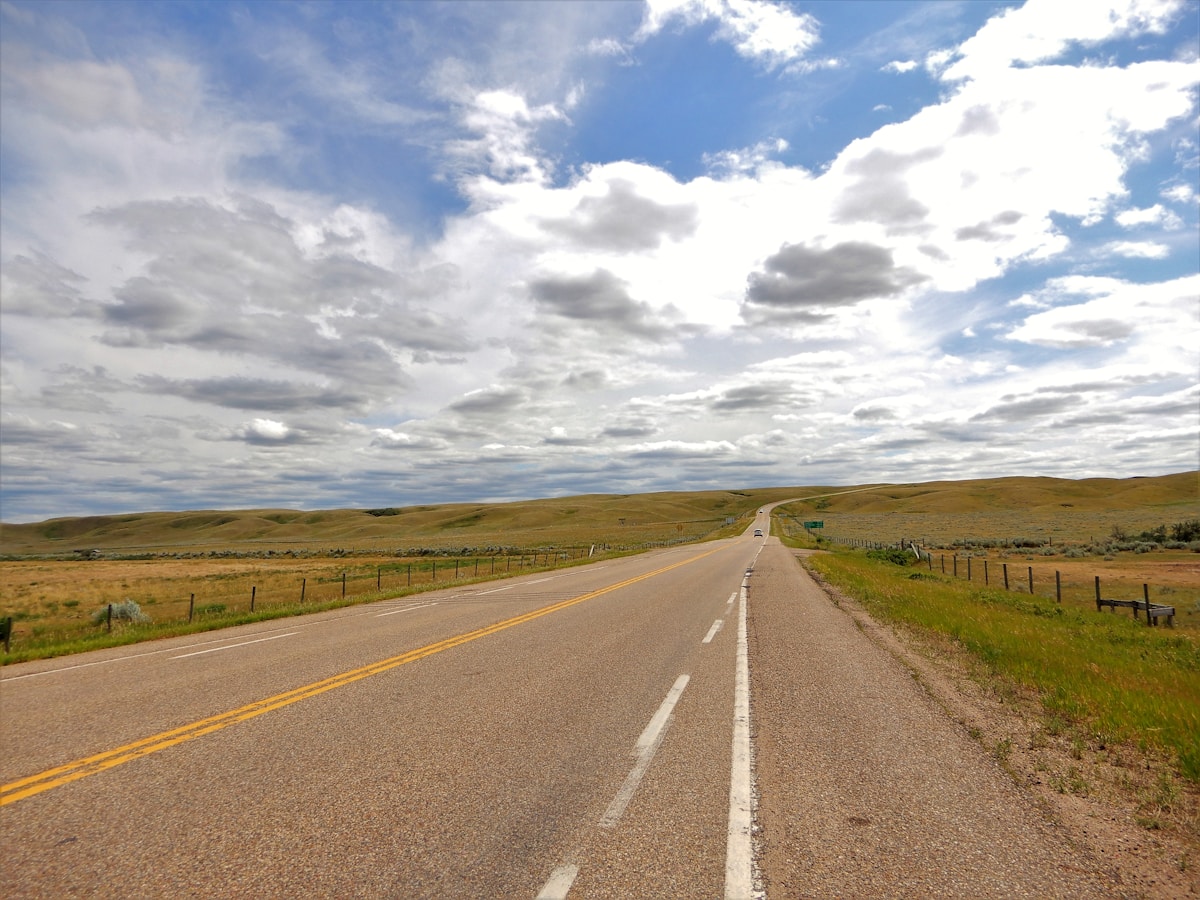Being well-versed in the rules of the road is as essential as mastering the clutch and throttle. In Alberta, specific laws and regulations govern motorcycle use to ensure the safety of riders and everyone else on the road. Whether you're a seasoned rider or just starting your motorcycle journey, this comprehensive guide will help you understand Alberta's motorcycle laws and regulations. As always, this guide is meant as a breakdown that is current up through the time it was written. Disclaimer: Always be sure to search for the most up to date information and local guidelines.
1. Licensing
In Alberta, motorcyclists must obtain a Class 6 operator's license, separate from a regular car driver's license. To get this, you have to pass a written knowledge test, a vision test, and a road test. The Alberta Motorcycle Operator's Handbook is a valuable resource to prepare for these exams.
If you're new to motorcycling, consider enrolling in a rider training program. These programs can provide valuable hands-on experience and help you learn safe riding practices.
2. Protective Gear
Alberta law requires all motorcyclists and passengers to wear helmets that meet safety standards outlined in the Vehicle Equipment Regulation. Helmets must have either CSA, DOT, Snell, or BSI certification. Riders are also strongly encouraged to wear additional motorcycle protective gear, including eye protection, sturdy clothing, gloves, and boots.
3. Motorcycle Equipment
Motorcycles used on Alberta's roads must meet specific equipment requirements:
Headlights and Taillights: Your motorcycle must have at least one headlight and taillight. These lights must always be on while the motorcycle is in operation.
Reflectors: Motorcycles must have at least one red reflector at the back.
Mirrors: Your motorcycle must have at least one mirror to provide a clear view of the road behind you. However, it is recommended to have two: one on the left and one on the right.
4. Rules of the Road
Motorcyclists in Alberta must follow the same traffic laws as other road users. Here are a few rules specific to motorcyclists:
Lane Sharing: Lane sharing, or riding side-by-side with another motorcycle in the same lane, is not permitted in Alberta. However, two motorcycles can ride staggered in the same lane.
Lane Splitting: Lane splitting, or riding between lanes of slow-moving or stopped traffic, is illegal in Alberta.
5. Passenger and Cargo Rules
If you plan on carrying passengers or cargo, keep in mind the following:
Passengers: Passengers are only permitted on motorcycles designed to carry more than one person. They must have their own seat and footrests. Passengers under 18 must wear a helmet.
Cargo: Any cargo carried on a motorcycle must be securely fastened and not interfere with the rider's ability to control the motorcycle.
6. Insurance
All motorcycles in Alberta must be insured. Insurance must include third-party liability coverage of at least $200,000. It covers damages or injuries you may cause to others in an accident.
Understanding and adhering to these laws and regulations will help ensure you stay safe and legal on Alberta's roads. Remember, these rules are in place for the benefit of all road users. Happy and safe riding!

